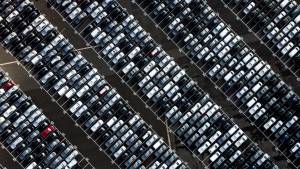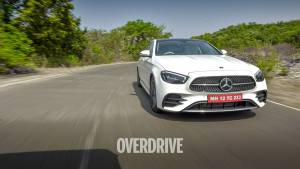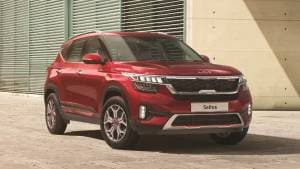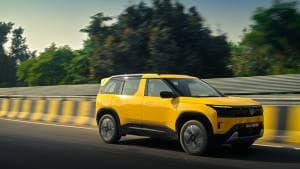Corona Crisis: Will small cars be back in focus?
The Indian automotive landscape has changed quite a lot over the last decade. Not only in terms of the products or the segments, but also in terms of buyer choices. In the case of products, the 2012 Mercedes-Benz C-Class did not come with a touchscreen display and now, the Kwid has made it mandatory even for the Altos! In terms of buyer choices, the behavioral change has been quite dramatic.
At the beginning of the decade, the Alto was the highest selling car in the country. And in January 2020, the Maruti Suzuki Dzire had overtaken the Swift and the Alto to become the highest selling car of the month. What this tells us Indians have started preferring bigger cars with the increase in disposable income and also the ease of finance available thanks to the ever-expanding banks and NBFCs.
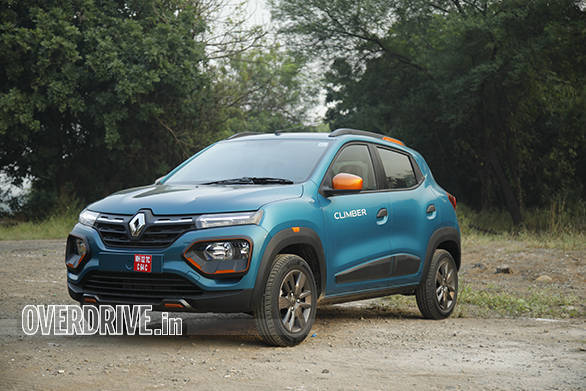
Enter COVID-19. We are now in the fourth week of lockdown and our gross monthly PV sales of about 2.5 lakh units would trickle tantalizingly close to zero for the month of April. But, that is not the biggest concern. Once the lockdown opens, people will get back to their normal life and car buying will resume. The biggest concern, though, is what will they buy and how?
The basic assumption for the post-COVID scenario would be that it will take a toll on many jobs or pay cuts or, since it is April, no appraisals. So the cumulative disposable income in the Indian economy will certainly dip. The immediate effect would be an effective downsizing of budget of big-ticket purchases like cars and people would hold back spending and prioritize essential items.
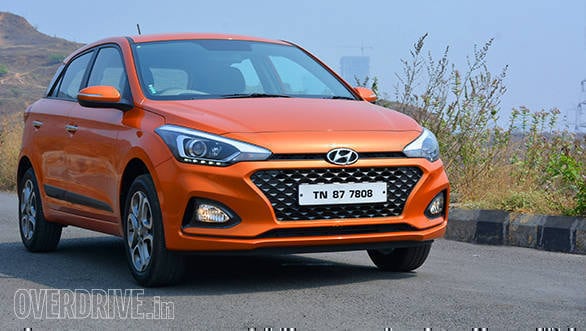
In that case, people who always wanted to buy their first car, may ideally go for one a segment lower. That will have a significant impact on the market as car makers have been adapting to changing buyer preferences and a sudden reversal might catch them off-guard. Or will it? For example, Maruti Suzuki has one of the most comprehensive portfolios of compact cars. Hyundai has at least one car in each segment starting from the Santro. Nissan, who has had very limited success with its budget-arm Datsun, might be back in contention with its global partner Renault renewing its armory with the Triber and the Kwid.
On the other hand, car makers and their subsidiary finance arms along with banks and NBFCs might come up with attractive packages for car buyers. Car loans, due to their higher interest rates and lower tenures, are good revenue generators for financial institutions. If that happens, the trend reversal might be held back a notch, a win-win situation for all stakeholders. But with increased defaults expected post-COVID, will the banks have enough bandwidth to take further risks? That depends upon the fiscal and monetary policy decisions that fall in the domain of the RBI and economists.

Another interesting perspective is that, in the wake of cab aggregators and ride-hailing apps, spending on a car had started becoming obsolete. One could just hail a cab and travel intra-city without having to worry about parking, maintenance, fuel or driving or paying the EMI. While that was also a reason why car sales dipped 18 per cent in FY2020, the lockdown has resulted in many of them feeling the need of owning a car. Zero-car households might want to own at least one car, for emergencies while relying on ride-sharing/hailing services for other times. In that case, it might very well be a compact car rather than an expensive/premium buy.
These cars can not necessarily be new car purchases. The used car market in India is almost twice as big as the new car market and used car dealers will certainly have enough stocks to cater for the spike in demand even in its entirety. Having said that, a large percentage of Indian car buyers prefer opting for a new car even if it costs considerable more for their reliability and warranty and no unexpected costs of repairs.

Then again, corporate entities will now learn that having all the workforce in the offices all the time is a rather inefficient way of working. Lockdown is proving that work-from-home can be equally efficient, if intended. This could help corporates reduce their overheads of investing in big offices, electricity bills and the carbon footprint they generate by making employees travel every day. If that happens, travel-for-work will reduce. Less people will be out on the road resulting in less congestion and lesser burden on public transport. That might also reduce the need of private transport, and ultimately car sales.
Taking all arguments in to account, it is impossible to conclusively say that the focus will be back on compact cars. While there is a strong possibility of buyers trading premium choices for budget friendly ones, policy decisions will dictate the quantum of such incidences. We will have to wait and watch how it pans out, especially knowing that the Indian market rarely fits into global models.
Starts Rs 6.09 Lakhs
1197cc
Automatic
77
113
24.12 Kmpl
Starts Rs 55 Lakhs
1993cc
Automatic
204
550
-NA-
